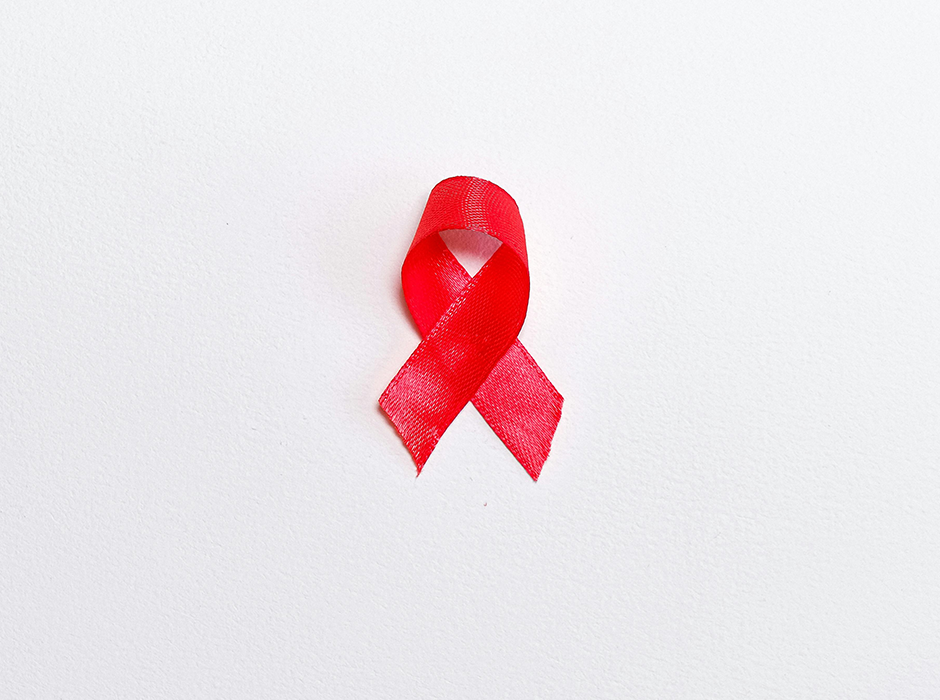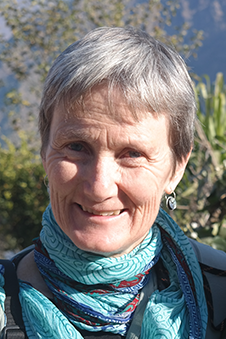
The number of people diagnosed with HIV in New Zealand is seeing a downward trend overall.
The number of people diagnosed with HIV in New Zealand last year was higher than in previous years, but researchers say an overall downward trend in cases is encouraging.
Figures released today by the University of Otago AIDS Epidemiology Group show 97 people were diagnosed with HIV in New Zealand in 2023, compared to 77 in 2022 and 67 in 2021. However, the figures represent a 30 per cent drop from the annual average of 138 diagnoses over the preceding 2016 to 2020 period.

Dr Sue McAllister
Group leader Dr Sue McAllister says the National HIV Action Plan for Aotearoa New Zealand includes a target of 90 per cent reduction in locally acquired infections compared to a 2010 baseline.
“A considerable amount of work is being undertaken in the sector to meet this target.
“The low numbers diagnosed in 2021 and 2022 were likely to have been impacted by the COVID-19 pandemic, therefore, even though there was an increase in 2023, the overall downward trend of diagnoses continues which is encouraging.
“HIV transmission still exists in New Zealand, so it is important to continue the main prevention efforts; condom use, uptake, and adherence to PrEP, regular HIV testing and testing for other sexually transmitted infections,” she says.
Gay, bisexual, and other men who have sex with men (MSM) are the group most affected by HIV in New Zealand. Of the 97 people diagnosed in the country last year, 65 were MSM, 17 were heterosexually acquired (10 women and 7 men), and for 15 people the means of acquisition was reported as other or unknown.
Of those 65 MSM, whose ages ranged from 19 to 74 years, 43 were reported to have acquired HIV in New Zealand – an increase from the previous two years but representing a 37 per cent decline from the annual average of 68 over the preceding five years (2016 to 2020).
In men and women who were reported to have acquired HIV heterosexually, the numbers remained small and relatively stable during the past 10 years.
There was a large increase (123) in people living in New Zealand who were first diagnosed with HIV overseas, compared to an annual average of 57 per year over the previous five years (2018-2022).
Dr McAllister says this is likely a reflection of the recent increase in overall immigration to New Zealand (people living with diagnosed HIV were less than 0.1 per cent of migrant arrivals in 2023) and potentially due to recent changes to immigration policies allowing people living with HIV to migrate.
“It is important to remember that, with advances in treatment, people living with HIV can lead long and fulfilling lives and those who are on effective treatment cannot pass HIV on to their sexual partners.”
Data from Pharmac shows there were 3272 people receiving subsidised antiretroviral therapy at the end of June 2023.
People requiring care and treatment for HIV in New Zealand are of all ethnic groups and ages.
AIDS Epidemiology Group:
Funded by Manatū Hauora (Ministry of Health) to undertake epidemiological surveillance of HIV infection and AIDS in New Zealand, the group is based in the Department of Preventive and Social Medicine, Dunedin School of Medicine, University of Otago.
Its latest newsletter is available here.